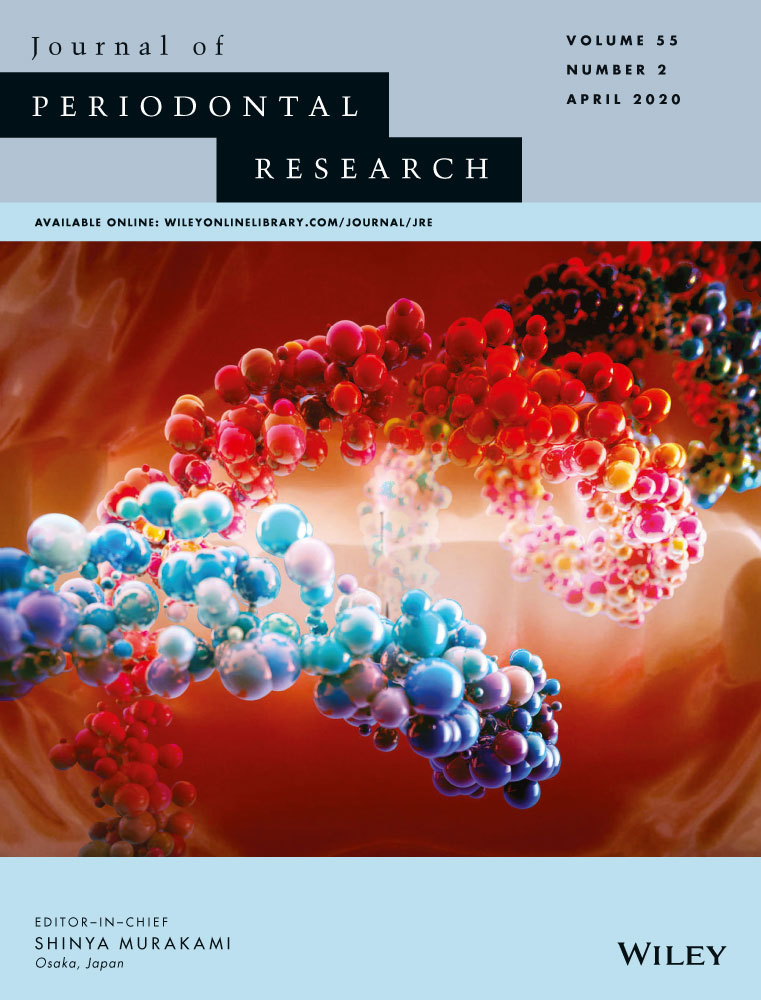LncRNA MALAT1 regulates inflammatory cytokine production in lipopolysaccharide-stimulated human gingival fibroblasts through sponging miR-20a and activating TLR4 pathway
Abstract
Background and Objective
It has been reported that long non-coding RNAs (lncRNAs), such as metastasis-associated lung adenocarcinoma transcript 1 (MALAT1), act as key regulators of the development of inflammatory diseases. However, it is unclear whether MALAT1 regulates the function of human gingival fibroblasts (HGFs) in periodontitis. This study is to explore the role of MALAT1 on inflammatory cytokine production of HGFs.
Material and Methods
Primary HGFs were harvested from human gingiva. MALAT1 was detected in inflammatory and healthy gingival tissues via quantitative real-time PCR (qRT-PCR). Bioinformatics analysis, dual-luciferase reporter assay, and RNA-binding protein immunoprecipitation (RIP) were used to detect the relationship among MALAT1, toll-like receptor 4 (TLR4), and microRNA (miR) -20a. After transfection LPS-treated HGFs with MALAT1 siRNA (si-MALAT1), miR-20a mimic or overexpression MALAT1 plasmid (sno-MALAT1), the levels of MALAT1, miR-20a, TLR4, IL-6 and IL-8 were analyzed by qRT-PCR, enzyme-linked immunosorbent assay, or western blot assay.
Results
MALAT1 up-regulated in inflammatory gingival tissues of chronic periodontitis. MiR-20a was bound with MALAT1 and TLR4 3′-UTR in RNA-protein complex with Ago2, respectively. Moreover, MALAT1, TLR4, IL-6, and IL-8 increased while miR-20a decreased after 1 μg/mL Porphyromonas gingivalis lipopolysaccharide (LPS) or Escherichia coli LPS stimulation. MiR-20a inhibited the expression of proinflammatory cytokines via binding to TLR4 3′-UTR. In addition, MALAT1 increased TLR4 level and the secretion of inflammatory cytokines.
Conclusion
MALAT1 enhances inflammatory cytokine production through sponging miR-20a and releasing TLR4, indicating a regulatory role of MALAT1 in periodontal inflammation.
CONFLICT OF INTEREST
The authors declared no conflict of interest in connection with the manuscript.




